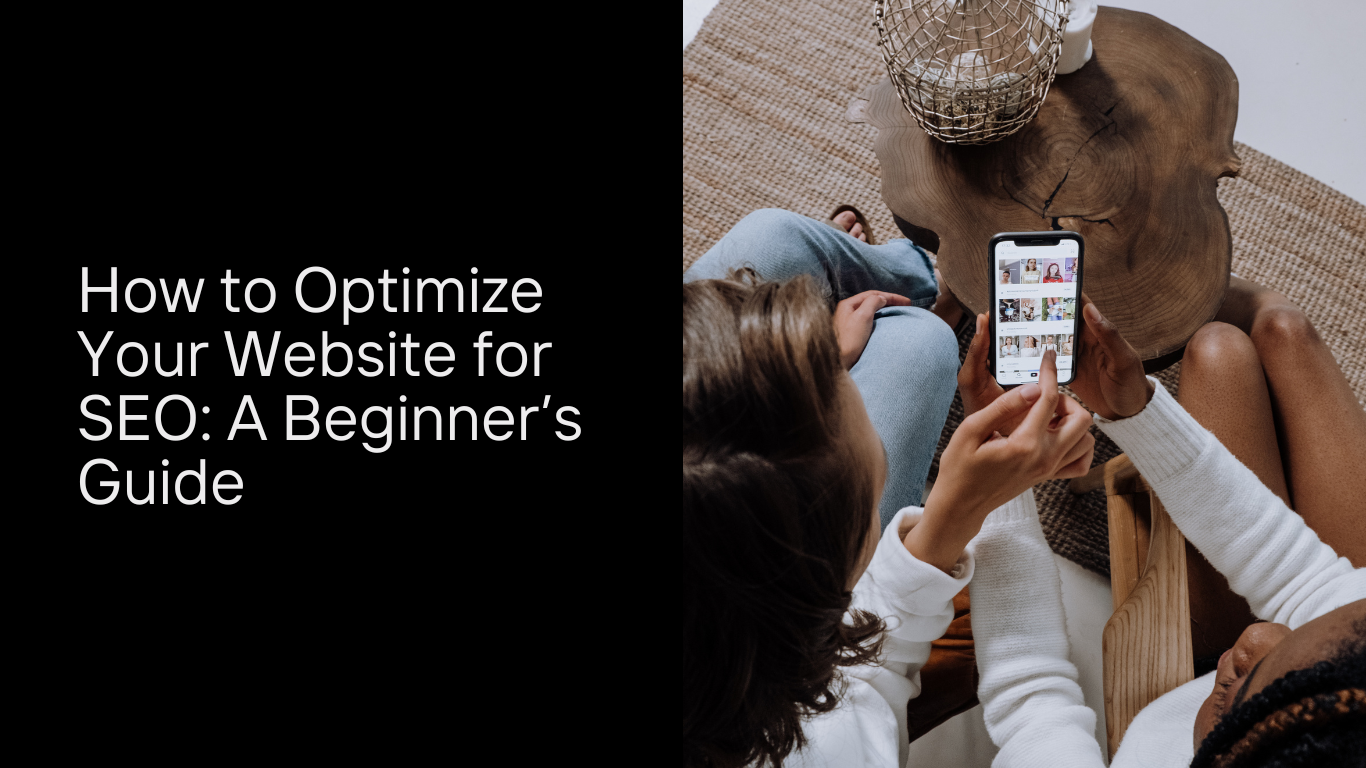In today’s digital age, your personal brand is more important than ever. Social media platforms provide a unique opportunity to showcase your skills, values, and personality to a global audience. Whether you’re an entrepreneur, professional, or creative, building a strong personal brand on social media can help you stand out in your industry, connect with like-minded individuals, and open doors to new opportunities. Here’s how you can effectively build and strengthen your personal brand on social media.

1. Define Your Brand Identity
- Before you start building your personal brand, it’s crucial to have a clear understanding of who you are and what you stand for. Define your values, passions, strengths, and goals. Consider what makes you unique and how you want to be perceived by others. Your brand identity should reflect your authentic self, as authenticity is key to building a strong and trustworthy brand.
2. Identify Your Target Audience
- Knowing your target audience is essential for crafting content that resonates with the right people. Think about who you want to reach and why. Are you looking to connect with industry professionals, potential clients, or a specific community? Understanding your audience’s needs, interests, and pain points will help you create relevant content that adds value to their lives and establishes you as a thought leader in your niche.
3. Choose the Right Platforms
- Not all social media platforms are created equal, and it’s important to choose the ones that align with your brand and target audience. For example, LinkedIn is ideal for professionals and entrepreneurs looking to build a network, while Instagram and TikTok are great for creatives and visual storytellers. Twitter is perfect for sharing insights and engaging in industry conversations, while YouTube is the go-to platform for video content. Focus on the platforms where your audience is most active and where you can showcase your strengths.
4. Create a Consistent Visual Identity
- Visual consistency is key to making your personal brand recognizable across different platforms. Use the same profile picture, color scheme, fonts, and logo (if applicable) to create a cohesive look and feel. Your visual identity should reflect your brand’s personality—whether it’s professional, creative, minimalist, or bold. Consistency in visuals helps build brand recognition and reinforces your brand’s identity in the minds of your audience.
5. Craft a Compelling Bio
- Your social media bio is often the first thing people see when they visit your profile, so make sure it’s compelling and reflects your brand. Use clear and concise language to describe who you are, what you do, and what you’re passionate about. Include relevant keywords that describe your expertise or niche, and consider adding a call-to-action (CTA) that directs visitors to your website, portfolio, or another social media platform. A strong bio can help you make a great first impression and encourage people to follow you.
6. Share Valuable and Authentic Content
- Content is the cornerstone of any personal brand. Share content that is valuable, informative, and aligned with your brand’s message. Whether it’s industry insights, tips and tricks, behind-the-scenes glimpses, or personal stories, your content should provide value to your audience and showcase your expertise. Authenticity is crucial—don’t be afraid to share your challenges, failures, and lessons learned. Being real and relatable helps build trust and fosters a deeper connection with your audience.
7. Engage with Your Audience
- Building a personal brand isn’t just about broadcasting your message; it’s also about engaging with your audience. Respond to comments, messages, and mentions promptly, and participate in conversations within your niche. Show appreciation for your followers and engage with their content as well. By being active and responsive, you’ll create a community around your brand and strengthen relationships with your audience.
8. Collaborate and Network
- Collaborating with others in your industry can significantly boost your personal brand. Partner with influencers, brands, or other professionals to create content, host events, or participate in interviews. Networking on platforms like LinkedIn and Twitter can also help you connect with industry leaders, share your insights, and grow your influence. Collaboration and networking not only expand your reach but also add credibility to your brand.
9. Monitor Your Brand and Adjust as Needed
- Regularly monitor your social media performance to understand what’s working and what isn’t. Pay attention to metrics like engagement rates, follower growth, and the types of content that resonate most with your audience. Use this data to refine your strategy and make adjustments as needed. Building a personal brand is an ongoing process, and being adaptable and open to change is key to long-term success.
10. Stay Authentic and True to Your Brand
- Above all, stay true to your brand and values. In a world where trends and algorithms are constantly changing, authenticity is what will set you apart and keep your audience engaged. Don’t feel pressured to conform to every trend or to portray an image that isn’t true to who you are. Your personal brand should reflect your authentic self, and that’s what will ultimately resonate with your audience and create lasting connections.

Conclusion
Building a strong personal brand on social media takes time, effort, and a clear strategy. By defining your brand identity, understanding your audience, and consistently sharing valuable and authentic content, you can establish yourself as a credible and influential voice in your niche. Remember, your personal brand is an extension of who you are, so stay true to yourself, engage with your audience, and enjoy the journey of building your brand in the digital world.


































































